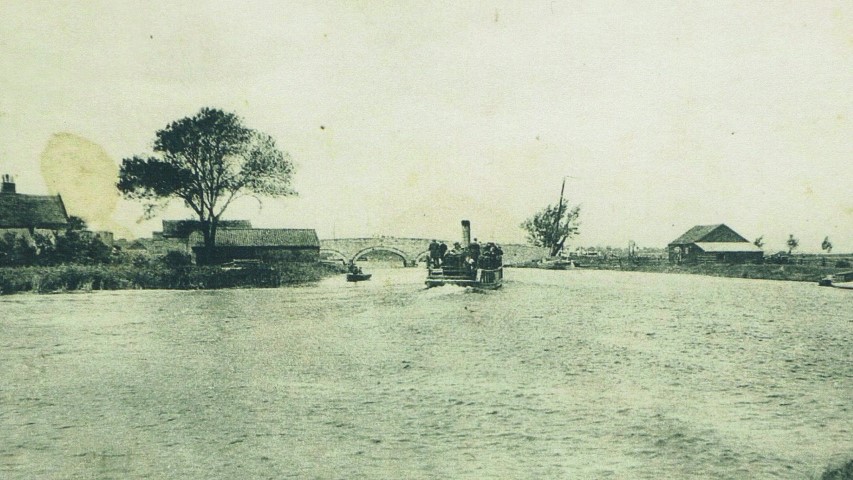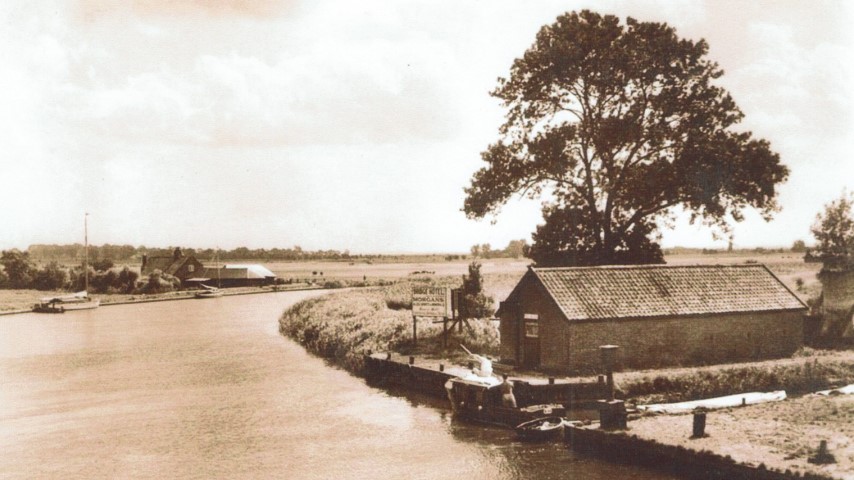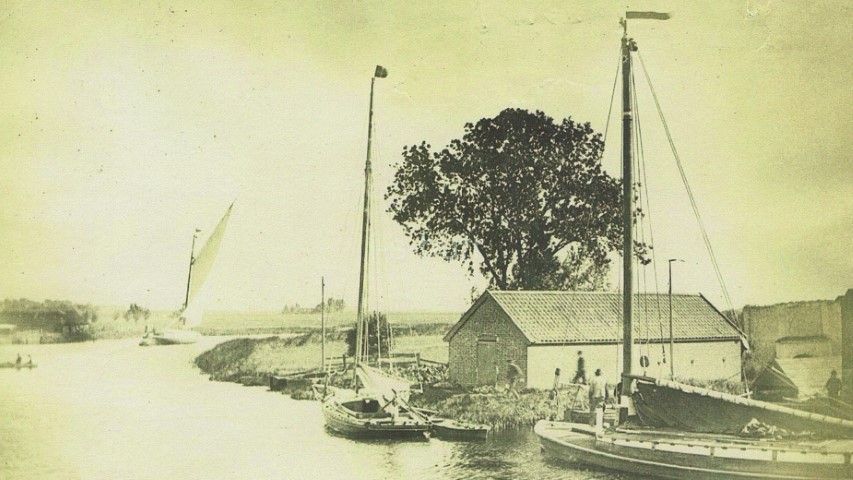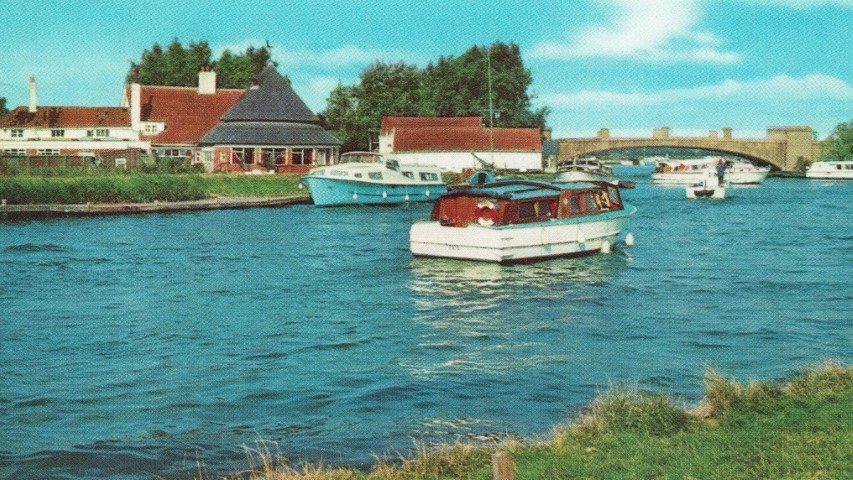Welcome to Acle, a historic village in the heart of the Norfolk Broads. Acle means ‘in the lea of the oaks’, that is, a clearing in an oak forest. In Tudor times, hundreds of oaks were felled here for timber to construct Elizabeth I’s war ships.
“Acle: In the lea of the oaks.”
In Saxon times, Acle was on the Norfolk shoreline and grew as a fishing village. Great Yarmouth did not exist, the area it now occupies being a sand bank, and all the marshes between Great Yarmouth and Acle were under sea. Gradually land was reclaimed from the estuaries of the Rivers Bure, Waveney and Yare leaving large expanses of flat land stretching towards the sea.
There are two theories about the origin of the name Acle; one is that it means ‘a place that overflowed’ or that it means ‘in the lea of the oaks’, that is, a clearing in an oak forest (to the south of the village at that time was a large oak woodland ). In Tudor times, hundreds of oaks were felled here for timber to construct Elizabeth I’s war ships.
The village stands beside a vast marshland area which in Roman times was a great estuary called Gariensis. Trading ports were located on high ground and Acle was one of those important ports. Evidence of the Romans was found in the late 1980s when quantities of coins were unearthed in The Street during construction of the A47 bypass. Some properties in the village, built on the line of the beach, have front gardens of sand while the back gardens are on a thick bed of flints. Records show that Acle was a fishing port as far back as Saxon times; the Church tower could possibly have served as a lookout point.
In the 19th century, at the time of the industrial revolution, Acle’s importance was further boosted. With the opening of the Acle Straight – the long straight section of road familiar to visitors to Yarmouth – in 1831, it was for the first time possible to travel to Great Yarmouth without travelling via Fleggburgh.
The village stands near the river Bure, with a rail station on the Yarmouth – Acle – Norwich line, approximately 8 1/2 miles West from Yarmouth, and 11 East from Norwich. Although the village has developed, with a population of about 2,751, on 1st January 2011, its traditional character has not been lost. Today Acle is a sought-after place to live because of its friendly character, facilities, accessible location and equidistant between Great Yarmouth and Norwich. In 2000, Acle won the Eastern Daily Press Village of the Year competition in the over 500 population category in the first year of the competition. This came only two years after winning the preceding Best Kept Village competition organized by the same newspaper.
Source Text: www.visitacle.com





